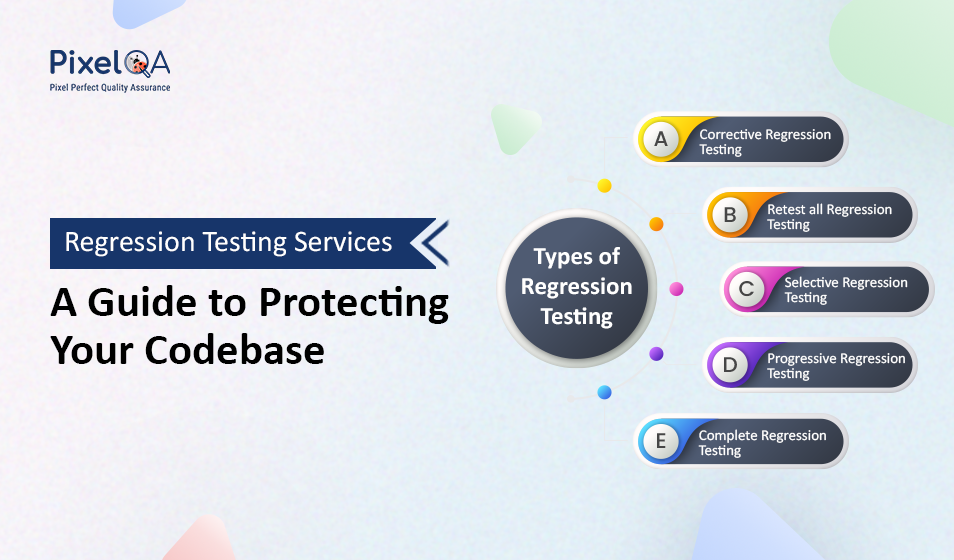
Table of Contents
- Introduction
- What is Regression Testing?
- Why is Regression Testing Important?
- Types of Regression Testing
- Best Practices for Effective Regression Testing
- Regression Testing Services: When to Outsource?
- Conclusion
Introduction
Regular updates and feature releases are necessary to remain competitive in today’s fast-paced software development world. However, every new change introduces a risk — what if a recent update breaks an existing feature? This is where regression testing becomes crucial. It ensures that new code changes do not negatively impact the existing functionality of a web app or a mobile application. It helps maintain software stability, improves user experience, and prevents costly post-release defects. In this blog, we will explore the importance of regression testing services, best practices, and how companies can use them to secure their codebase.
What is Regression Testing?
Regression testing ensures that new code changes do not affect the existing functionalities of an application. These changes may include:
- New features or enhancements
- Bug fixes
- Code refactoring or optimization
- System upgrades or integrations
Regression testing is primarily used to ensure software reliability and detect defects introduced by modifications.
Why is Regression Testing Important?
- Ensures software stability: Prevents unexpected failures after updates.
- Improves product quality: Detects and fixes defects before deployment.
- Reduces risk of production bugs: Protects the user experience from post-release issues.
- Saves time and costs: Identifies defects early, reducing the cost of fixing them later.
- Supports agile and continuous delivery: Enables faster, safer releases by maintaining integrity.
Types of Regression Testing
- Corrective Regression Testing: No changes made; ensures existing test cases still pass.
- Retest-All Regression Testing: Full re-execution of all tests after a major update.
- Selective Regression Testing: Focuses only on test cases impacted by code changes.
- Progressive Regression Testing: Ensures new test cases don’t affect existing functionalities.
- Complete Regression Testing: Used in large applications after significant changes.
Best Practices for Effective Regression Testing
- Automate whenever you can: Automated regression tests save time and ensure consistency. Tools: Cypress, Playwright, Selenium.
- Prioritize Test Cases: Focus on high-impact, critical functionalities first.
- Maintain a well-structured Test Suite: Keep test cases updated to match evolving code.
- Integrate with CI/CD Pipelines: Catch defects early through continuous testing.
- Use Parallel Testing: Run tests across multiple environments to reduce execution time.
Regression Testing Services: When to Outsource?
Many companies choose to outsource regression testing services for scalability and efficiency. Outsourcing is beneficial when:
- Insufficient QA Resources: When your in-house team lacks testing capacity or experience.
- Need for Faster Test Execution: Tight release deadlines demand faster testing.
- Complex Applications with Frequent Updates: When multiple dependencies require thorough validation.
- Cost-Effective QA Strategy: Outsourcing helps achieve high-quality results while optimizing costs.
Conclusion
Regression testing is an essential component of software testing company that ensures new updates don’t break existing features. By following best practices, automating strategically, and outsourcing when needed, companies can secure their codebase and deliver high-quality software. In addition to preventing bugs, regression testing services build user trust and contribute to long-term business success.
About Author
Nikul Ghevariya is a dedicated QA Executive at PixelQA, evolving from a trainee to a valuable contributor across diverse projects. With ambitious goals, he aspires to master new QA tools, and delve into Automation and API testing, showcasing an unwavering commitment to continuous learning.

